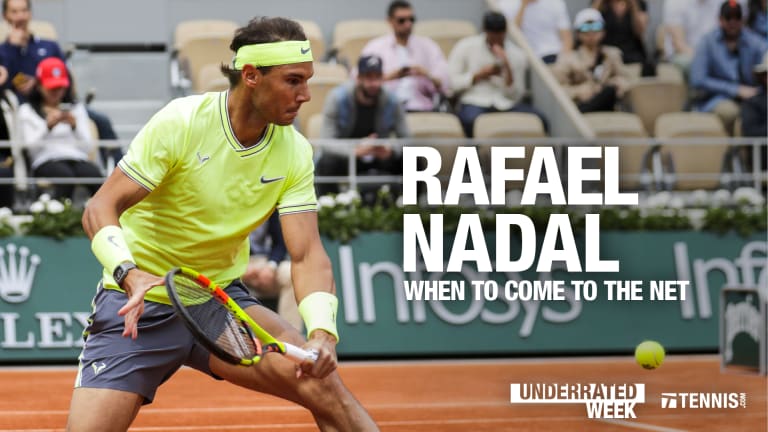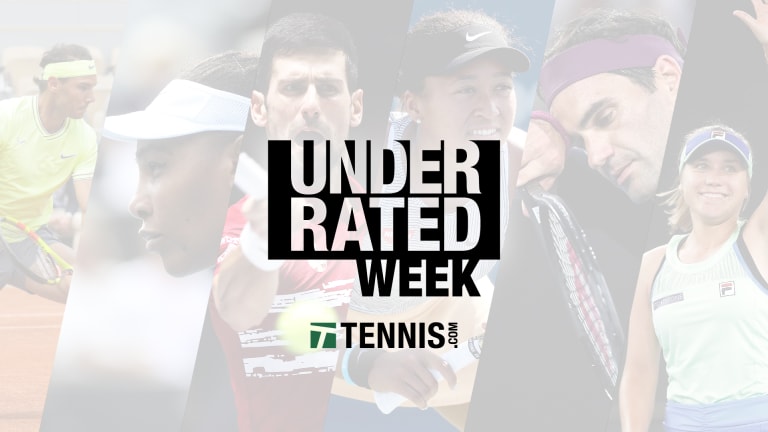Underrated Traits of the Greats: Rafael Nadal and when to come to net
By May 05, 2020Social
Watch Rafael Nadal stress out over Real Madrid, then celebrate a dramatic victory
By Apr 02, 2025Social
Rafael Nadal congratulates academy students Eala, Wong on big Miami wins
By Mar 22, 2025Social
"Hola TikTok!" Rafael Nadal racks up 3 million views
By Mar 15, 2025Social
Toni Nadal calls out ‘not-so-clean players’ for taking shots at Jannik Sinner
By Feb 27, 2025Tennis.com Interview
Rodrigo Pacheco Mendez: inspired by Nadal, dreams of facing Sinner, Mexico's tennis answer?
By Feb 26, 2025The Business of Tennis
Rafael Nadal set for $94-million profit after selling part of his stake in tennis academy
By Feb 11, 2025Lifestyle
Roger Federer’s Wimbledon-winning racquet sells for more than $100,000 in tennis auction
By Feb 10, 20252024 Year in Review
A Poem for 2024: An ode to Zendaya, a biblical bee invasion, and the art of playing naked
By Dec 29, 20242024 Year in Review
Ten moments you'll never forget from the 2024 tennis season
By Dec 22, 2024Underrated Traits of the Greats: Rafael Nadal and when to come to net
Rafa's game is tennis, but at net he lives by the cardinal rule of every good billards player: Never force yourself to hit a tough shot.
Published May 05, 2020
Advertising

Underrated Traits of the Greats: Rafael Nadal and when to come to net
Advertising

Underrated Traits of the Greats: Rafael Nadal and when to come to net
© 2015 Getty Images
Advertising

Underrated Traits of the Greats: Rafael Nadal and when to come to net